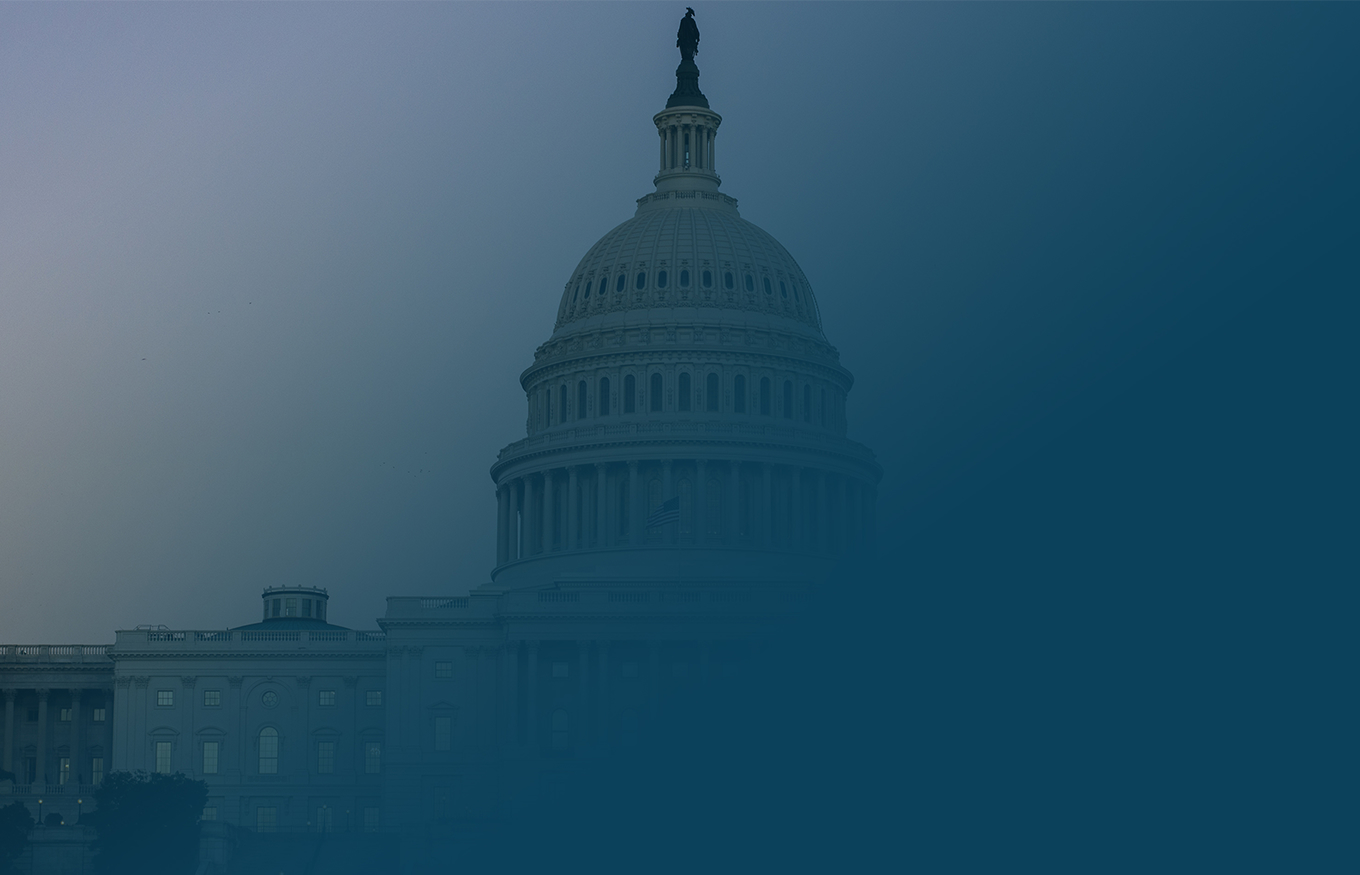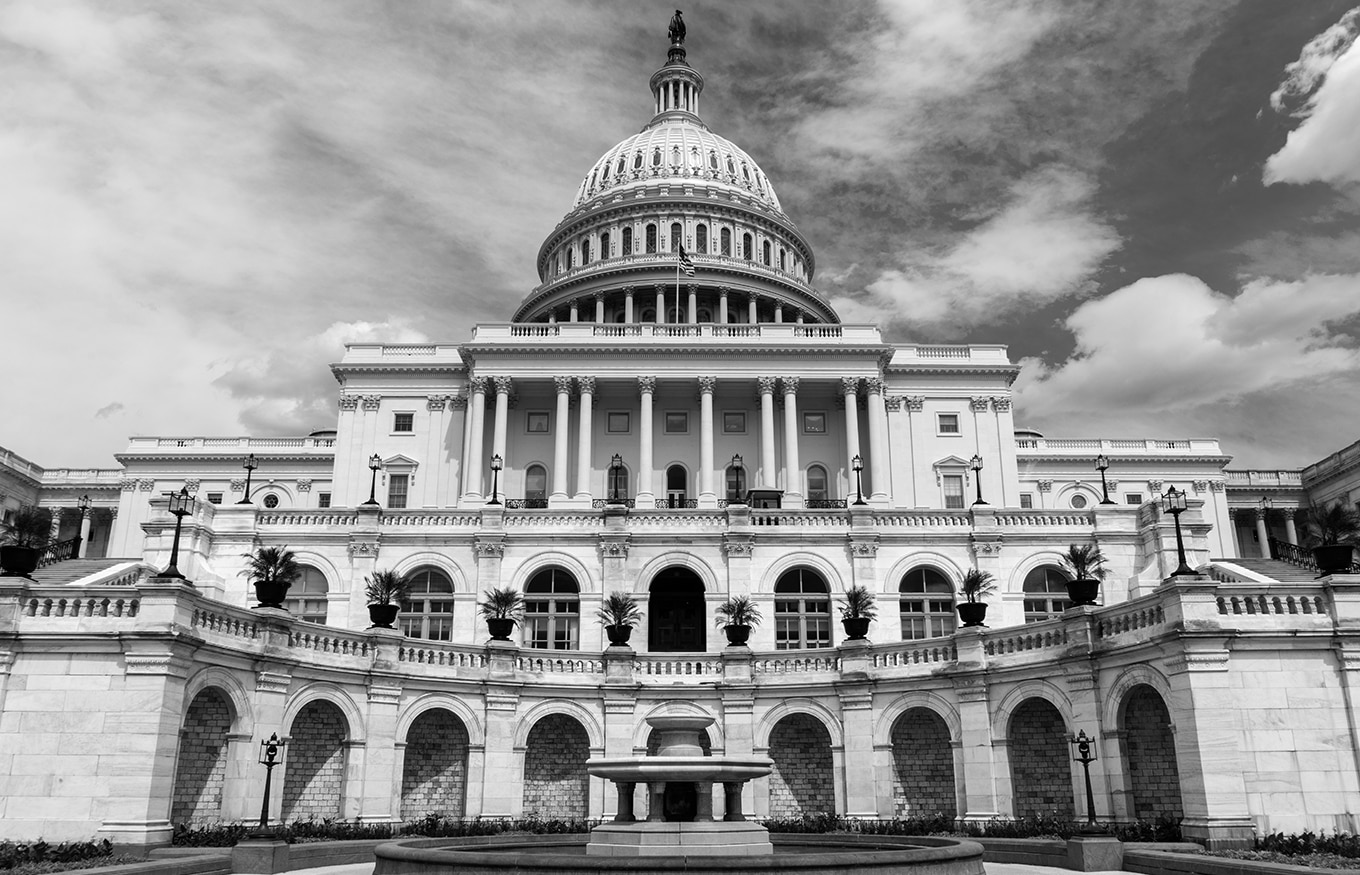
Reports
Why We Left Congress
How the Legislative Branch is Broken and What We Can Do About It...
A report by: Read the press release.
Reports
Parties pressured legislative leaders to raise huge sums of campaign cash during the 116th Congress — and are poised to do so again this year
One of the open secrets of Washington is that both the Democratic and Republican parties strong-arm influential legislators to raise astronomical amounts of campaign cash. Referred to as paying “party dues,” lawmakers are pressured to transfer huge sums from their campaigns and affiliated PACs to the parties as well as spend countless hours “dialing for dollars” to raise six- and seven-figure amounts for the parties, often by soliciting corporations, labor unions, and other special interests that have business before Congress.
These fundraising demands have morphed into a “committee tax” levied by the political parties onto legislators. The more influential the role in Congress, the more money party leaders expect legislators to raise, with committee chairs being expected to raise more funds than other members of their caucus. This is especially true for the chairs of the most powerful committees in the U.S. House of Representatives — the Appropriations, Energy and Commerce, Financial Services, and Ways and Means Committees, which are sometimes referred to as “A” committees for their prestige and influence.
In fact, according to a new analysis of campaign finance filings by Issue One, approximately $1 of every $5 spent during the 2019-2020 election cycle by several of the top Democratic and Republican lawmakers on these exclusive “A” committees were simply transfers to the Democratic Congressional Campaign Committee (DCCC) and National Republican Congressional Committee (NRCC).
How large were the sums of money involved? Issue One found that the top-ranking Democratic and Republican lawmakers on several of these influential “A” committees transferred at least $600,000 apiece to their respective parties from their campaign committees and leadership PACs between January 2019 and December 2020.
This was true for Reps. Richard Neal (D-MA), the top Democrat on the Ways and Means Committee; Frank Pallone (D-NJ), the top Democrat on the Energy and Commerce Committee; Kay Granger (R-TX), the top Republican on the Appropriations Committee; and Patrick McHenry (R-NC), the top Republican on the Financial Services Committee.
These four lawmakers continue to serve in these powerful positions in the current 117th Congress, with fundraising expectations from the parties that are likely even higher.
House members typically have three ways to fulfill the fundraising demands imposed upon them by the parties. Only the first two of these three flows of money can be easily traced in campaign finance filings.
“The current ‘party dues’ system represents the worst of Washington,” said Issue One ReFormers Caucus Co-chair Rep. Zach Wamp (R-TN), who was the top Republican member of two subcommittees on the House Appropriations Committee during his eight terms in Congress. “The current system doesn’t allow members of Congress to fully focus on the important work they were elected to do, nor does it incentivize lawmakers to build bridges across the aisle. No legislator of any party should be required to pay a ‘committee tax’ to the national party to be a policy leader in Congress.”
Added ReFormers Caucus Co-chair Amb. Tim Roemer (D-IN), who served in the House of Representatives for six terms and was co-chair of the New Democrat Coalition: “Members of Congress have vitally important jobs to do these days — help the economy recover, address the COVID-19 pandemic, and clean up politics. Members of Congress shouldn’t be spending so much time dialing for dollars and raising funds for ‘party dues.’ We need significant changes to the ‘party dues’ system so that members of Congress can focus on their critical legislative work and oversight responsibilities.”
Distorting the jobs of legislators
The current “party dues” system comes at a cost for individual legislators, the legislative branch as a whole, and to the American people: Membership on important legislative committees can be influenced by who can raise the most money rather than by who is the most qualified, and the near-constant fundraising takes significant time away from the urgent issues that lawmakers were elected to solve.
Excessive fundraising demands have even caused leadership to reorient the congressional schedule around raising money, as Issue One and the R Street Institute noted in our “Why We Left Congress” report — including shortening the congressional work week so members have more time to raise money and using closed rules to make the floor schedule more predictable so that members can more efficiently plan time for fundraising.
As former Rep. Erik Paulsen (R-MN), who served in the House from January 2009 until January 2019, lamented in a recent report by FixUS, fulfilling the parties’ fundraising demands “occupies too much time” for lawmakers and “reinforces the ‘us’ vs ‘them’ mentality at every level.”
Secret expectations
Issue One’s new analysis is in line with earlier reporting from The Intercept, which, in 2019, obtained an internal document that outlined the Democratic Party’s fundraising expectations for House members. This document showed that the chairs of the exclusive “A” committees were expected to raise $1.8 million for the DCCC, including $600,000 in “dues” and an additional $1.2 million in funds raised for the party.
Materials detailing the parties’ fundraising expectations for members of Congress are only publicly disclosed if they are divulged by lawmakers (which Rep. Ken Buck (R-CO) did in his 2017 book “Drain the Swamp”) or leaked to media organizations (which occasionally occurs).
One member of Congress who recently revealed the full amount of money he raised for the party was Rep. Paul Mitchell (R-MI), who retired from Congress at the end of his term in January 2021. He recently stated that he raised nearly $800,000 for the NRCC in just 2.5 years as a sitting congressman.
Notably, campaign finance filings show $0 in contributions to the NRCC from Mitchell’s official campaign committee or leadership PAC during this time, illustrating just how much untraceable money other lawmakers may be raising directly for the parties to fulfill their fundraising obligations.
What can be done
Issue One supports “party dues” fundraising expectations being publicly disclosed by the parties. Issue One also supports strengthening House rules to delink committee chair determinations from lawmakers’ fundraising prowess.
Furthermore, members of Congress should reevaluate the way elections are financed, and party leaders should consider voluntarily lowering the dues amounts expected from their members.
The current campaign finance system relies too much on politicians raising money from special interests — especially those with business before Congress. As long as that’s the case, the pressures on lawmakers to raise campaign cash for the parties, and the problems associated with this system, are likely to continue.
Issue One first detailed the enormous sums of money members of Congress are expected to raise for prized committee seats in our 2017 report, “The Price of Power,” which was augmented with an additional report two years later, “The Continuing ‘Price of Power.’” Each of these reports highlighted a variety of conservative, liberal, and moderate voices, demonstrating the crosspartisan concern with the status quo.
Michael Beckel contributed to this report. Design by Sydney Richards.
Issue: Party Dues
Reports
How the Legislative Branch is Broken and What We Can Do About It...
A report by: Read the press release.
Reports
How Washington Power Players Use Leadership PAC Contributions to Buy Access and Influence...
Read the press release. In “Leadership PACs, Inc.,” Issue One reveals how Washington power players — including some of the largest companies, trade associations and labor unions in America —…
Reports
The Top 15 Dark Money Groups in the Post-Citizens United Era...
Just 15 dark money groups in the post-Citizens United era accounted for over 75 percent of the more than $800 million in political dark money spent between January 2010 and December…


